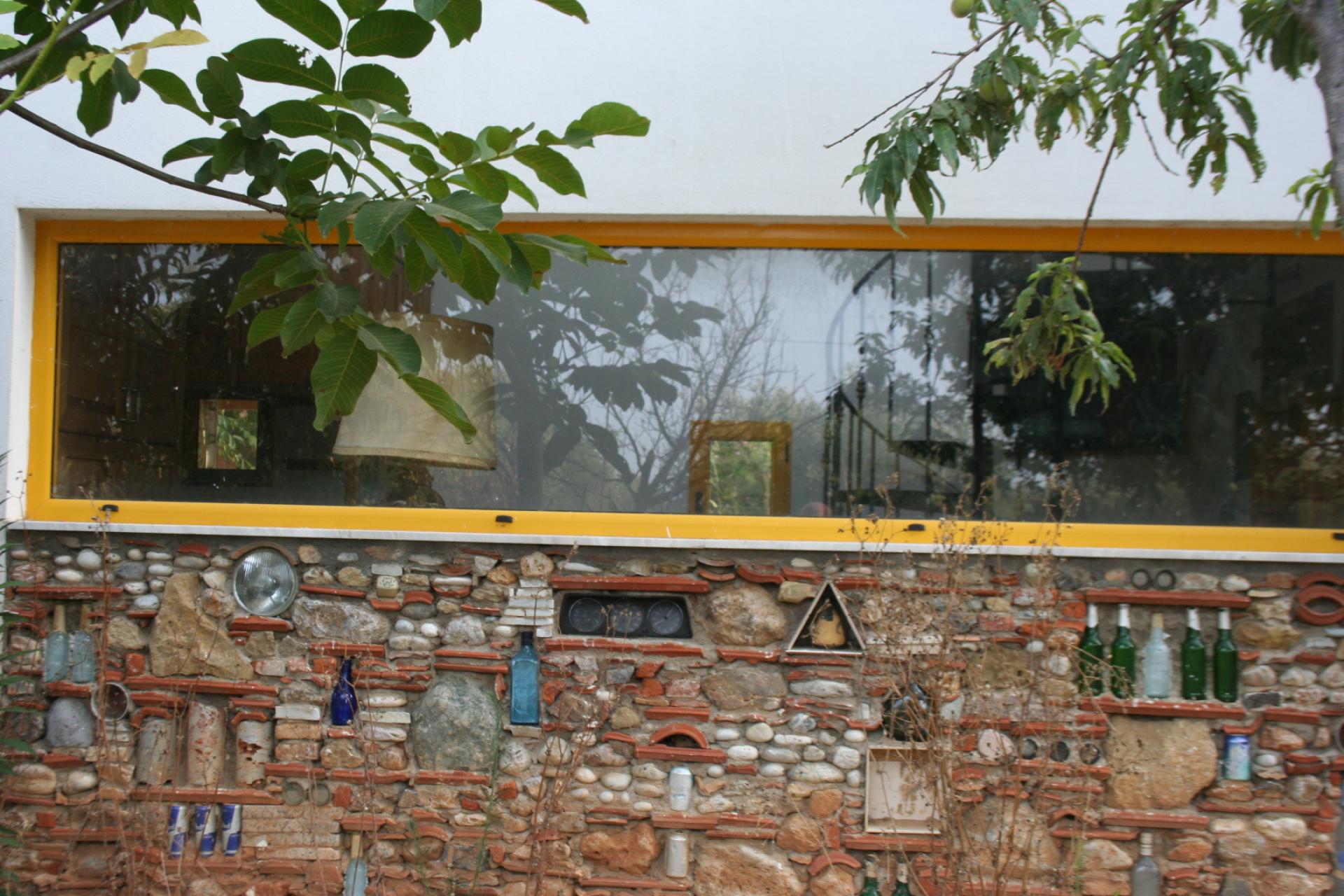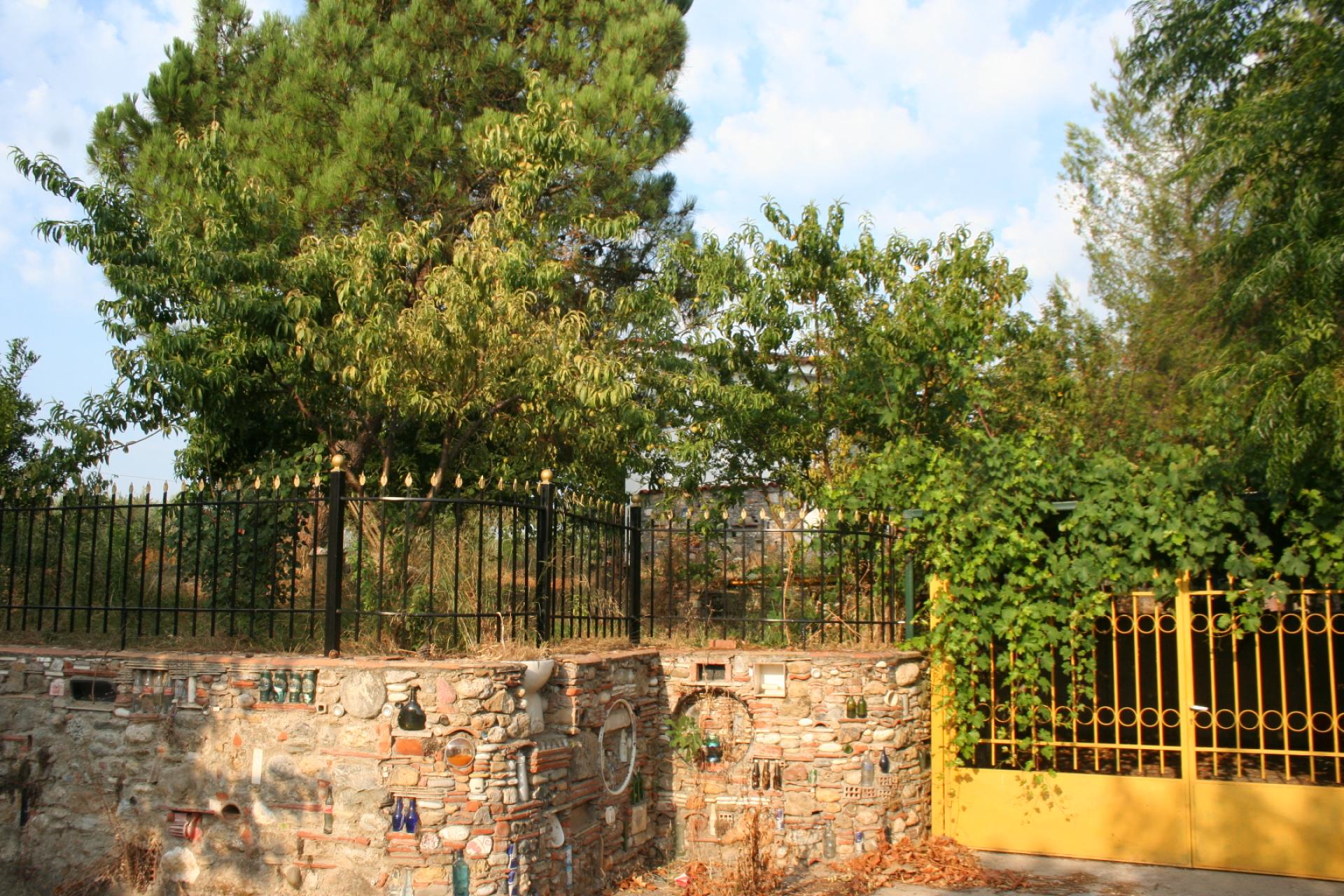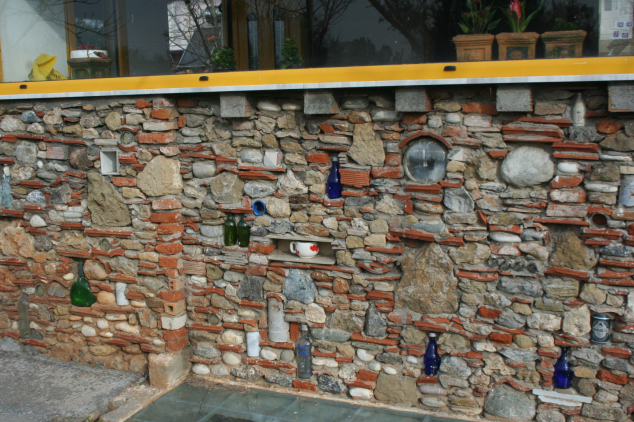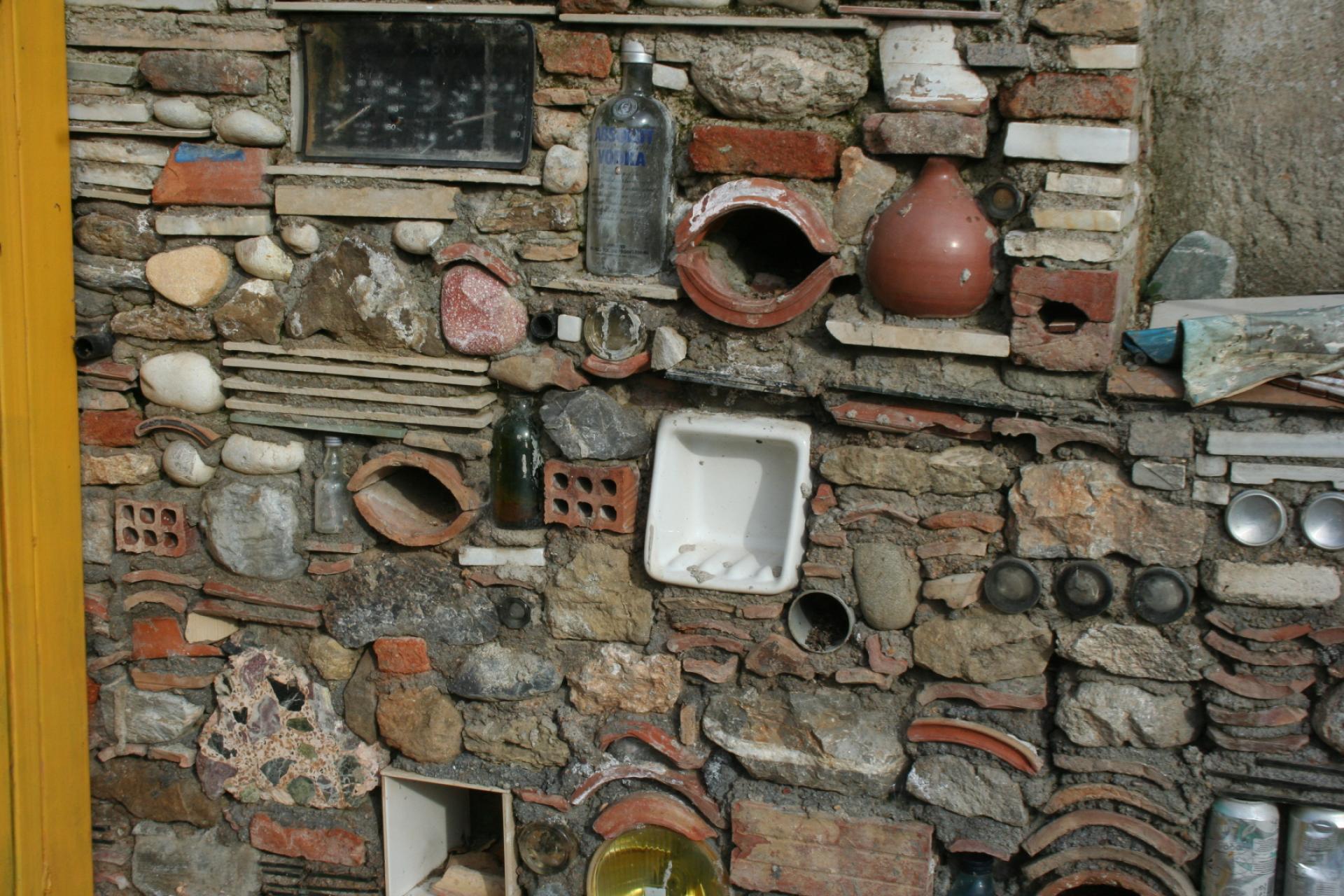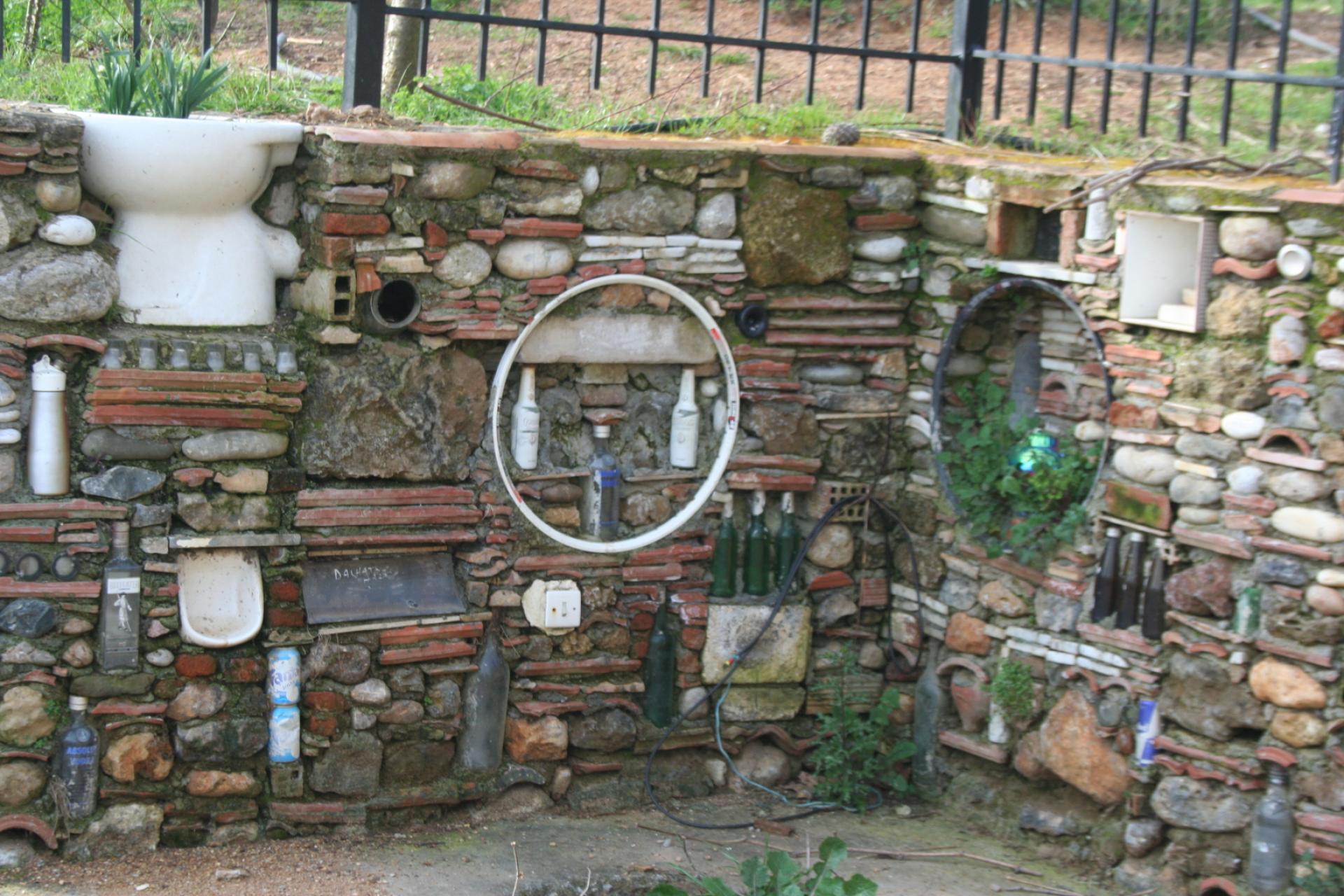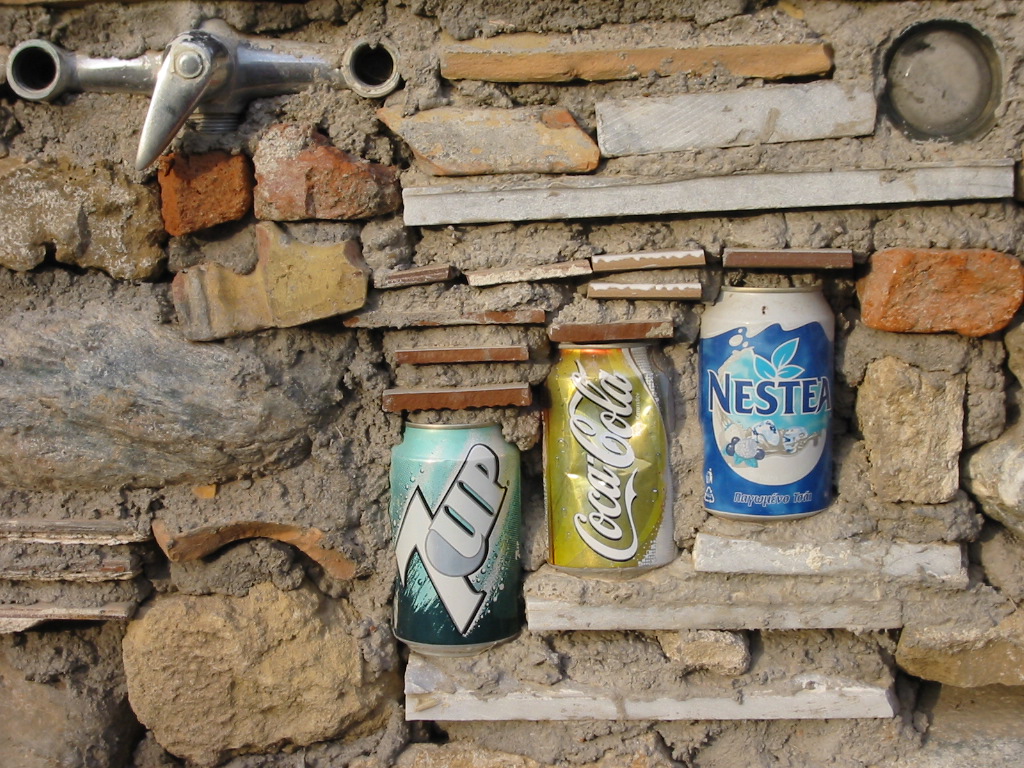CIRCULAR ECONOMY/REDUCE ENTROPY PROJECT
Basic information
Project Title
Full project title
Category
Project Description
Re-use of old materials collected by the owner and local farmers voluntarily from the rural areas houses and agricultural fields that would be otherwise disposed of the clasical methods,recycled or buried to nearby deserted fields.Ecology principles of this actions were to conserve the energy by reducing entropy with re use tackling issues of climate change and reducing envirnmental pressure by lowering resource demands,increasing resource security and save the planet through citizen sharing.
Project Region
EU Programme or fund
Description of the project
Summary
The project is based on sustainability values as it reduces the entropy energy consumption and therefore conserves the energy whereas at the same time the ecology is preserved and environment protection reinforced for the local river and land to reduce the pollution as local waste is used for reuse purposes and builting bioclimatic houses or walls or fences from waste materials.The impact of the project is huge as it gives a new paradigm of economy and ecology for the area to the rest of the community.
The engagement of the local citizens was catholic as there was enthousiasm of the innovative aspect of the project as it was something new everybody was asked to participate and contribute either with their ideas as fas as the local artists residents of the area was concerned who contributed with their aesthetic views on the materials lay out and assortment placement as to creating an aesthetic construction.Farmers realized clearly the benefits of bringing their old products for reuse instead of dumping them for purposes of economizing and the gypsy locals as well as albanian workers had the benefit of taking local products of the owner such as eggs,home grown vegetables and olive oil for their own consumption in exhange of their assistance with the project.There is clearly a high potential for transferability of this project to different contexts as of cyclical economy reinforcement practices in accordance to the Sustainable Development Goals as outlined by the UN Agenda 2030, the Paris Climate Agreement,Pontifical Enzyklika Laudato Si as well as the Cop Summit.
Key objectives for sustainability
The key objectives of the project are according to sustainability as sustainability is a development that satisfies the needs of the present in terms of housing and fenses construction without risking that future generations to not be able to meet their own needs as this is of low economical cost. At the same time reusing the old materials reinforces the principle of ecology according to which no more can be consumed,than can respectively be regrown,regenerated and provided again in the future. Ultimately ecological lifestyle means good life respecting the ecological boundaries on our planet.
The concept of sustainable development is a systematic extension of human rights by opening up equal development opportunities for all people on the planet and future generations.Energy conservation and reduction of entropy through the reuse promotes effectiveness and efficiency of environmental policies,the associated distribution effects must alsobe takeninto account.Issues of justice for use of this policy ensures the legitimacy and approval of reuse materials forthennot to be wasted aggravating the ecological footprint in the planet. CO2 emissions are high for Western Europeans as they consume more tonnes per year per person than other regions. Sustainable development is hardly conceivable without a consistent circular economy.But turning away from a predominantly linear economy requires many political,economic and social decisions.
Key objectives for aesthetics and quality
Aesthetics is a core design principle that defines a design's pleasing qualities.Factors included are balance,color,proximity,movement,pattern,scale,shape and visual weight.Beauty has both a subjective and objective part.Human aesthetic judgment is a complicated mixture of genetic,cultural and objective factors.The one aesthetic art category the fences construction would suit is Emotionalism. A lot of tourists and local residents find this work of high aesthetic value possesing in virtue of its capacity to elicit pleasure when experienced aesthetically. The project is closely related to the philosophy of art which is concerned with the nature of art and concepts in terms of which individual works of art are interpreted and evaluated. Feelings of wonder and admiration are admitted by visitors and according to theories of art abstraction,expressionism,naturalism,symbolism even romanticism are all possibly interpreted.Art critics who have viewed the project tend to focusmore on modern andcontemporary style included in the project's culture. Aesthetics make us happy because on an emotional level they elicit feelings of happiness and calm due to the return to nature materials' aspect. Τhe aesthetic response is the thoughts and feelings initiated initiated because of the character ofthese qualities and the particular ways they are organized and experienced perceptually(Silverman).When something is made by a human we know that there is some level of communal experience.
Key objectives for inclusion
Social inclusion by mutually contributing for the common project with tangible creative results raised the awareness of the community spirit and stop any racism between minority groups. Also it increased the confidence of the community that they can all work together with violence and illegal activities to be reduced as police data from investigations reveal. Another benefit of social inclusion as experienced by the community was an improvement in mental and physical health.Social inclusion can counteract isolation and increase community participation which helps to alleviate health problems especially mental health issues such as anxiety and depression. Also social inclusion effects in this case have been shown in friendships,relationships and network also enhanced skill acquisition and generalization.Principles of diversity,equity and inclusion as well as respect for all people have been clearly achieved by this project.Incresed understanding and acceptance of diversity have been of the gains of this project as well as increased appreciation and acceptance of individual differences. Homelessness by the gypsy community canbe tackled by this project as a paradigm of low cost innovative housing solution.
Results in relation to category
The impact for the cyclical economy can be profound because it is an area that has had anissue withwaste management for years and the EU had fined Greece for the not effective and environmental friendly waste management policies and this paradigm can be an example of a low cost renovation or rebuilt of houseparts such as walls and fences in our case with the waste material most of the population of the area provided and if all houses in the area follow this paradigm then for a truly sustainable lifestyle would reduce its resource consumption by a factor of 4 from today's approximately 30 tonnes per capita and per year to around 8 tonnes in the longer term. This can be achieved if,ontheonehand, the economy moves from a still predominantly linear economy to a resource-efficient circular economy and, on the other hand the population reduces over-consumption. In orderto curb climate change,greenhouse gas emmisions, are also to be rapidly reduced in the coming years by a factor of 3 tonnesper person and year,from the current level of around 7 tonnes.
How Citizens benefit
Within the lifetime of one generation the world population increased at an unprecedented rate populationx4,resource consumptionx8,energy consumtionx10. The impact of the involvement of different groups of the society was huge in socially mingling and achieving something tangible all together as to the inclusivity principle.For the first time the gypsy minority community worked with thealbanian workers group and together with the local greek farmers and also the people of the arts and science also residing in the same area that took part in the project to support the innovative idea of the owner of the house who himself is a physicist,sociologist,educational analyst and had been a head of education for the county as well as an academic professor.The citizens are seriously considering to follow his solution of waste management through reuse at personal level and this should add up to a bigger scale impact.
Innovative character
The innovative character is that from metallic cans of beveredges and empty bottles of wines and perfumes to old taps and basins and toilets,indicating an all inclusive useof different typesof materials would it be metal or porcelain,glass etc
it is possible for them to not only be resused but also toserve as decoratives item with an aesthetic effect.
Even the stones used were hand picked from the land around with no need of any transporation and therefore no energy excess consumption or gas/petrol emmissions produced.

